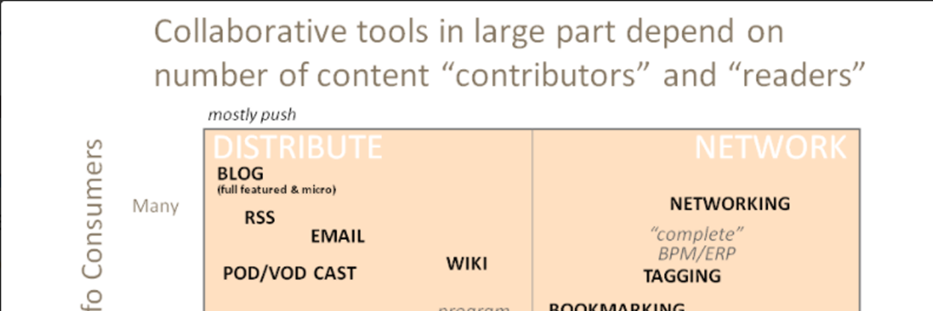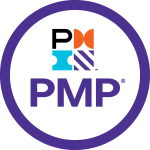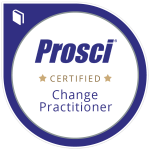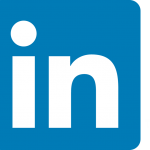The Calculus of Capabilities

In The Calculus of Capabilities we explore the breadth of approximately 20 common capability maturity models (CMMs), and we observed from our reverse engineering the linkage between maturity-level and scope-of-involvement. We propose a 5-level progression as a CMM base framework.
Great Teams Require Great Communication

Great teams require great communication, as communications is highly correlated with team success. We developed an analytic frame to consider the number of contributors versus the number of readers. We then mapped current enterprise uses and common tools to illustrate “neighborhoods” of communication.
Improved Vetting: Social-Business-Inside-The-Enterprise Case Study

Social business methodologies applied inside the enterprise are highlighted in this case study. The case study shares how the engagement delivered on two fronts: 1) business outcomes (WHAT) and 2) social business outcomes (HOW- including capability building). The vetting process engaged a mix of remote (world-wide) and face-to-face (local) leaders and staff very early in the spin-out’s lifecycle, further accelerating the change.
What to do with the strategy-pak: A starter list

“Like most tools, our strategy-pak(sm) framework has little value unless you put it to use.” We present a starter list of potential uses (WHY) for our Strategy Pak(sm), including best practice checklist, common language, cascading linkages, and planning framework (strategy, strategic planning, analysis and vetting).
Communicate Strategy for Effect

Communicate strategy for effect is one of our perennially most popular articles based on Google Analytics as communications is the glue within the enterprise, projects, change efforts, etc. We share a time-tested frame considering target audience, objective, key messages, how delivered, when delivered, and who delivers.
Social Business- Don’t start in the tool shed

Prof. Hamel asks “Are we changing as fast as the world around us?” Keeping up with our changing environment, or ecosystem, is a constant risk for any organization providing a value proposition and is critical in today’s ultra social-business sensitive marketplace. We look at the role social business plays, including a few tools.
Change Leadership II- Understanding Kotter

We explore Kotter’s body of work, as well as a simple change management framework “The Change Formula” (Need for Change X Vision of Future X Steps > Natural Resistance to Change). We overview Kotter’s framework of 8 accelerators, and the necessity of the dual management operating system
Execution through Processes, Projects and Communities

Focusing on execution, we touch on each common organizing concepts in the following sections: Process; Project (program and project management); Community (purpose, practice and interest). We also quickly discuss the role of organization, followed by what is best organizing concept (considering sponsorship and breadth of collaboration)
Agile Framework for Go-to-Market Execution

We begin by considering the tatical and strategic work to be accomplished within the enterprise. Next up is leadership activity, followed by the architecture of participation (guidance, interactions and routines) of how we manage and work. Agile requires people-enabled network, with different skills and organization; but structure is not organization.
Can Social Media Drive Enterprise Change?

We explore social media inside-the-organization’s impact on the enterprise through its ability to drive business outcomes. “Adoption requires business relevance” Our research considers its importance from multiple perspectives and sources.






